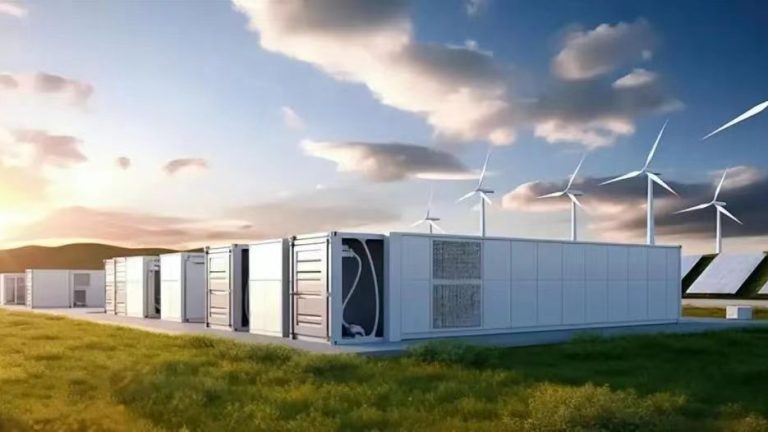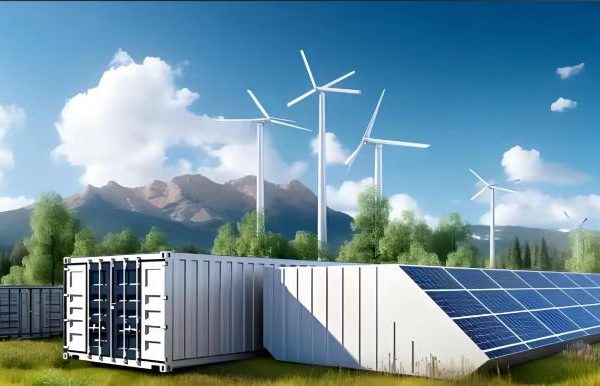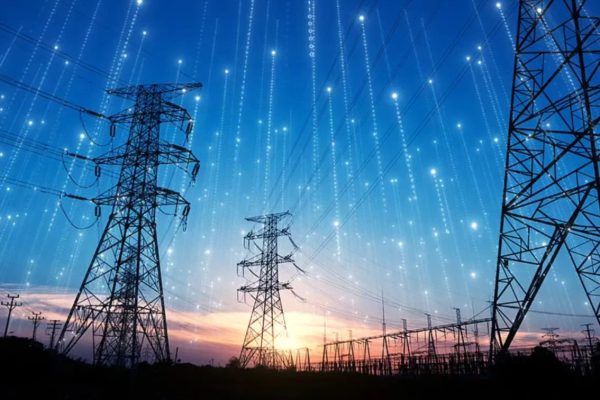How Technical Sellers Can Reach and Convert Small Business Clients
As interest in light commercial and industrial (C&I) PV + Energy Storage Systems grows—typically in the 10–100 kW range—the challenge isn’t just product availability. It’s about how to position and market these solutions effectively, especially when working with SME end users, installers, or regional EPCs.
This article explores actionable marketing strategies tailored for exporters, distributors, and B2B solution providers serving the small C&I market in emerging or price-sensitive regions.
🎯 Who Buys Light C&I PV+ESS Systems?
Typical buyers include:
- Warehouses, retail shops, rural factories, schools, clinics
- Agribusinesses with irrigation or cold storage needs
- Hotels or resorts in remote or unstable-grid locations
- SME EPCs looking for standardized, easy-to-install kits
Their key needs are:
- Lower energy bills
- Backup during grid outages
- Simple and fast installation
- Visible ROI within 3–5 years
🧩 Positioning: Sell Solutions, Not Just Equipment
Instead of saying:
“We offer 50 kW inverters and lithium batteries.”
Say:
“We help small manufacturers cut grid costs by 30% with plug-and-play hybrid systems tailored to rooftop space and backup needs.”
Focus your messaging on:
- Application fit (e.g., retail, cold storage, agri-processing)
- Cost control (e.g., “Avoid diesel during peak hours”)
- Time-saving (e.g., pre-tested system bundles, remote support)
- Scalability (e.g., “Add more storage in year two”)
📦 Strategy #1: Offer Predefined System Packages
Many small clients don’t want to spec every component. They want a clear offer like:
- “30 kW PV + 61 kWh LFP + 3-phase hybrid inverter + EMS”
- “100 kWh battery + EMS cabinet for genset optimization”
Create PDF or web-based configuration sheets for packages such as:
| System Size | Target Client | Key Features |
|---|---|---|
| 10 kW / 20 kWh | Rural clinic or school | UPS backup, modular battery |
| 30 kW / 61 kWh | Retail or workshop | Peak shaving + backup |
| 50 kW / 100 kWh | Mini-factory | 3-phase load control, EMS dashboard |
Visual diagrams help—especially for non-technical buyers.
📱 Strategy #2: Leverage WhatsApp and LinkedIn, Not Just Email
For many SMEs and regional EPCs, email is slow and often ignored. In contrast:
- WhatsApp groups or broadcasts with updates and system photos get higher engagement
- LinkedIn posts focused on specific industries (e.g., “Why Cold Storage Needs Hybrid PV+ESS”) build credibility over time
Best practice:
- Share real project photos (with client permission)
- Use short text + diagrams to explain the logic (e.g., genset savings)
- Invite questions with: “Need a 3-phase system under $10k? DM us.”
🌎 Strategy #3: Focus on 2–3 Regions at a Time
Trying to sell to “Africa” or “Southeast Asia” as a whole is too broad.
Instead, select 2–3 high-opportunity countries, and build:
- Localized flyers (in English + optional local language)
- Reference price lists based on local tariffs and diesel costs
- Installer partnerships or virtual support plans
🛠 Example:
If Nigeria has high diesel prices and unstable grid, position your offer as:
“Cut diesel runtime by 60% with a 30 kW hybrid + 50 kWh battery system. Remote monitoring included.”
💬 Strategy #4: Use ROI-Focused Messaging
Many SME owners ask: “How long until I make my money back?”
Use simple ROI tables or messages like:
“This 50 kW system saves $800/month in grid + diesel. Payback in under 3 years.”
Support this with:
- Local tariff comparison (grid vs. solar vs. diesel)
- Case studies or simulations
- Performance guarantee (if available)
Tools like HOMER or PVsyst simulations can help build credibility.
📷 Strategy #5: Create a Visual Installation Library
Document your systems in real environments:
- Before/after pictures
- System layout (rooftop, inverter wall, battery room)
- Load types (pumps, lights, refrigeration)
- Integration with grid or genset
Create a photo gallery or project showcase on your website or brochure.
This helps local buyers visualize what they’re getting.
🤝 Strategy #6: Empower Local Partners
Many successful B2B players don’t install systems themselves. Instead, they:
- Build a network of small EPCs
- Offer training videos, sizing tools, or SOP checklists
- Help partners quote faster with ready-made proposal templates
- Provide after-sales tech support via remote tools
This approach scales faster and builds trust locally.
🧠 Final Tip: Don’t Assume Clients Know the Tech
Even in commercial settings, many end users don’t understand:
- Difference between “backup” and “self-consumption”
- AC-coupled vs. DC-coupled systems
- What EMS does, or why protocol matching matters
Your marketing should simplify without dumbing down.
Aim to educate and empower, not just pitch.









